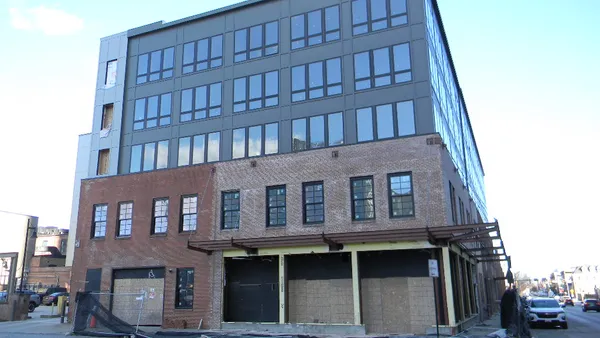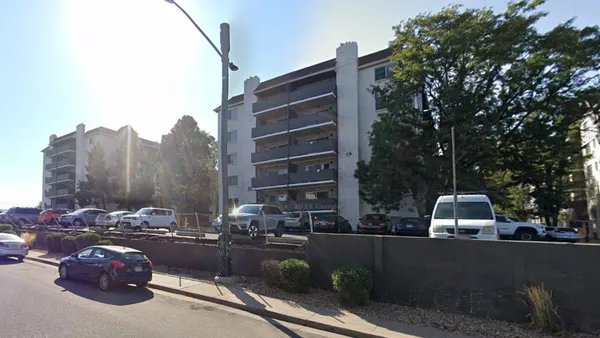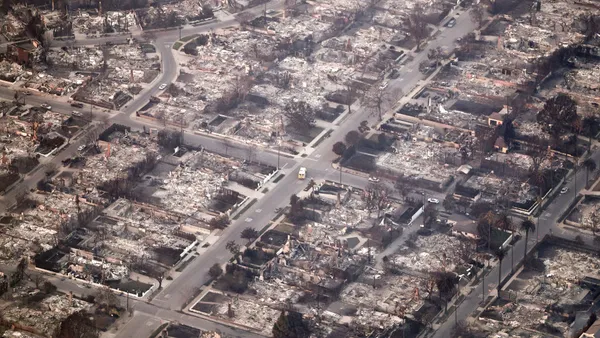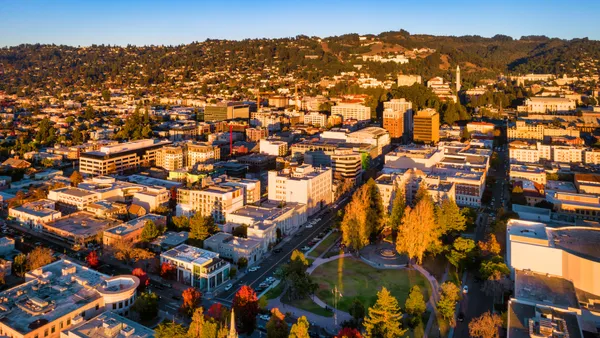Dive Brief:
- The national average rent fell $9 to $1,719 in November — the steepest one-month drop in over 10 years, according to Yardi Matrix’s latest Multifamily National Report — as the rent slowdown continues. At the same time, rent growth fell to 7.0% year-over-year — the lowest figure in 17 months.
- Yardi attributes the ongoing slowdown to a softening economy, slowing interest, record inflation and rising interest rates. It is not, however, a sudden or unexpected sign of a deep recession, given the runaway rent growth between January 2021 and October 2022, according to the report.
- Still, according to a survey from the National Association for Business Economics, a majority of economists believe there is more than a 50% chance of a recession of some kind in 2023.
Dive Insight:
While rent growth has fallen negative in many major markets over the past few months, growth remains positive year-over-year in every one of the top 30 metros in the Yardi Matrix data set.
Indianapolis remains the top metro for year-over-year rent growth at 11.4% and is now the only major metro where year-over-year rent growth stands above 10%.
This metro remains one of the least expensive markets out of the top 30 — the average rent there rose $4 in November, up to only $1,224. Rent growth pulled ahead there as deceleration took hold in once high-growth markets like Miami, which stood at the top just a few months ago with rent growth of over 20% year-over-year.
| Market | YOY rent growth, November 2022 | YOY rent growth, October 2022 | Difference |
|---|---|---|---|
| Indianapolis | 11.4% | 11.8% | -0.4 |
| Miami metro | 9.7% | 11.4% | -1.7 |
| San Jose, California | 9.6% | 10.6% | -1 |
| Kansas City, Missouri | 9.2% | 9.8% | -0.6 |
| Orlando, Florida | 9.2% | 11.6% | -2.4 |
| Nashville, Tennessee | 8.7% | 9.7% | -1 |
| Dallas | 8.6% | 10.5% | -1.9 |
| Raleigh, North Carolina | 8.4% | 9.3% | -0.9 |
| Charlotte, North Carolina | 8.1% | 9.4% | -1.3 |
| New York | 7.5% | 9.0% | -1.5 |
SOURCE: Yardi Matrix
Rapidly dropping occupancy rates reflect an overall decline in multifamily demand in many markets, including Las Vegas, where occupancy has fallen 2.5%, and Tampa and Phoenix, both down 1.9%. Las Vegas and Phoenix also have the lowest year-over-year rent growth out of the top 30, at 2.0% and 2.5%, respectively.
On a monthly basis, only two markets recorded any gain in asking rents — New York (0.4%) and Indianapolis (0.3%) — while Kansas City, Missouri, and Miami fell flat. Boston saw the sharpest drop at -1.3%, followed by Las Vegas at -1.2%.
Renewal rent growth remains strong in many places where asking rent growth has dropped after a period of runaway growth, such as Miami (20.5% year-over-year). Yardi expects renewal rents to follow asking rent patterns in their respective cities and drop off in the coming months. The national lease renewal rate stands at 63.8% in September, down from 68.2% in the fourth quarter of 2021.













